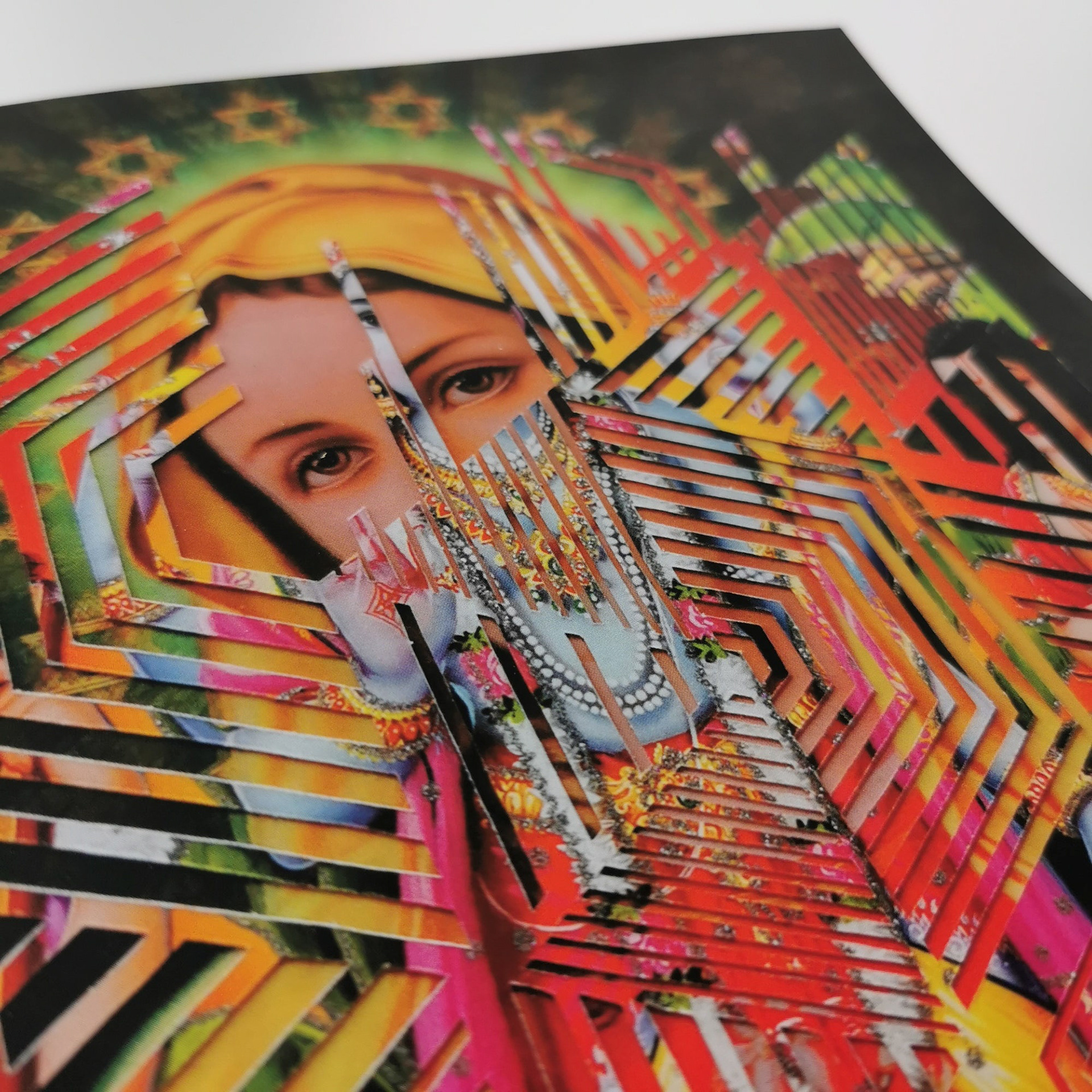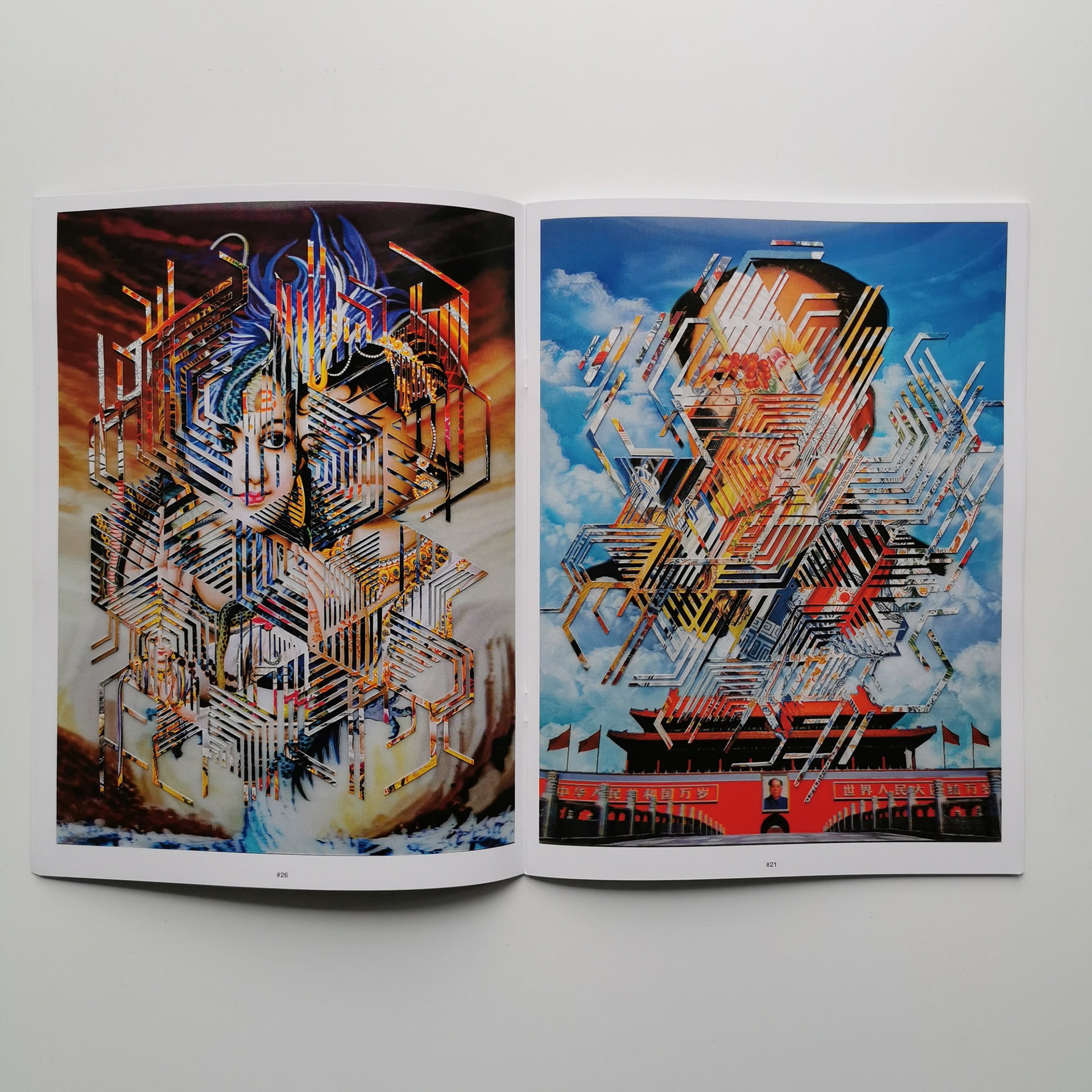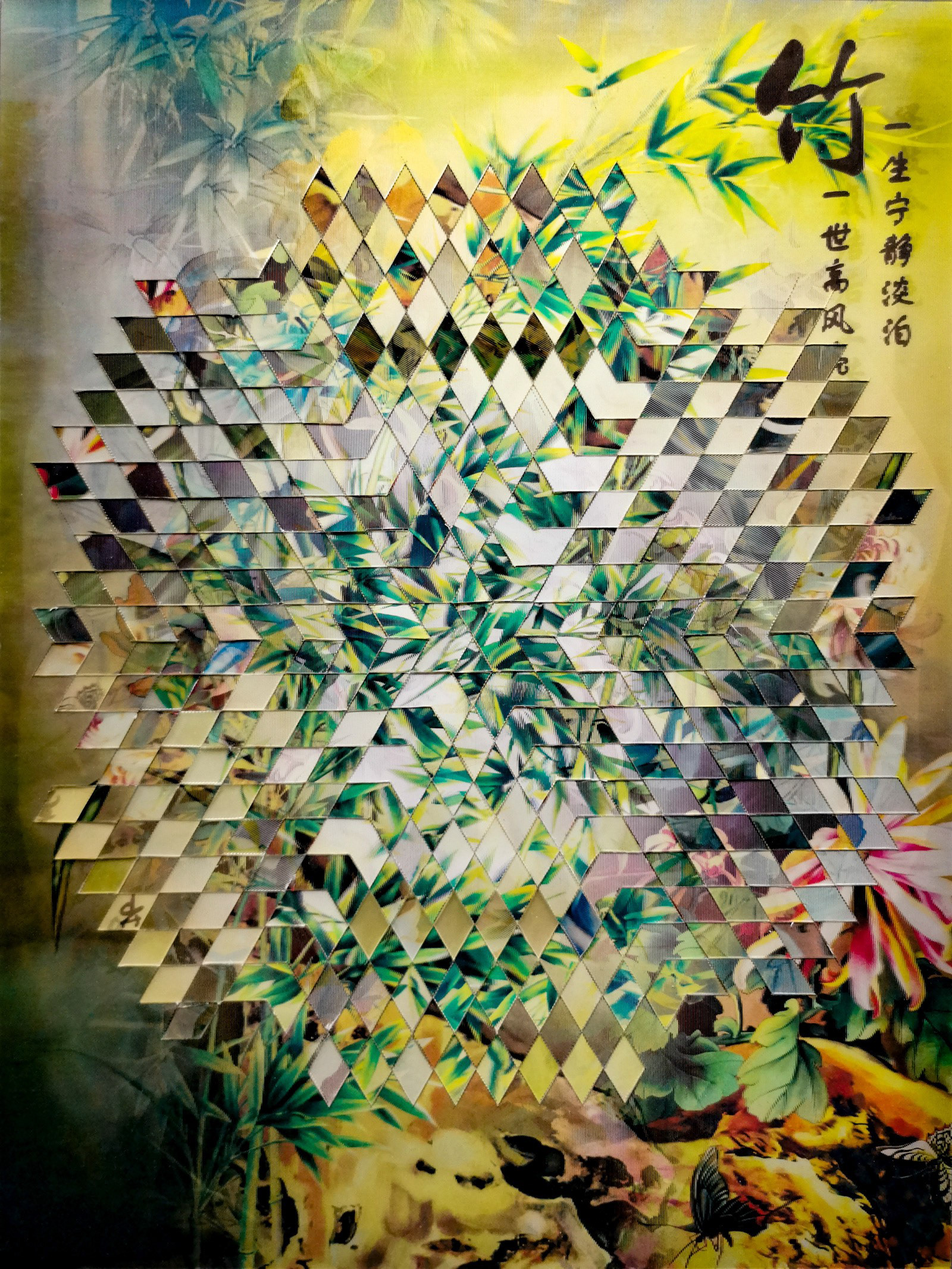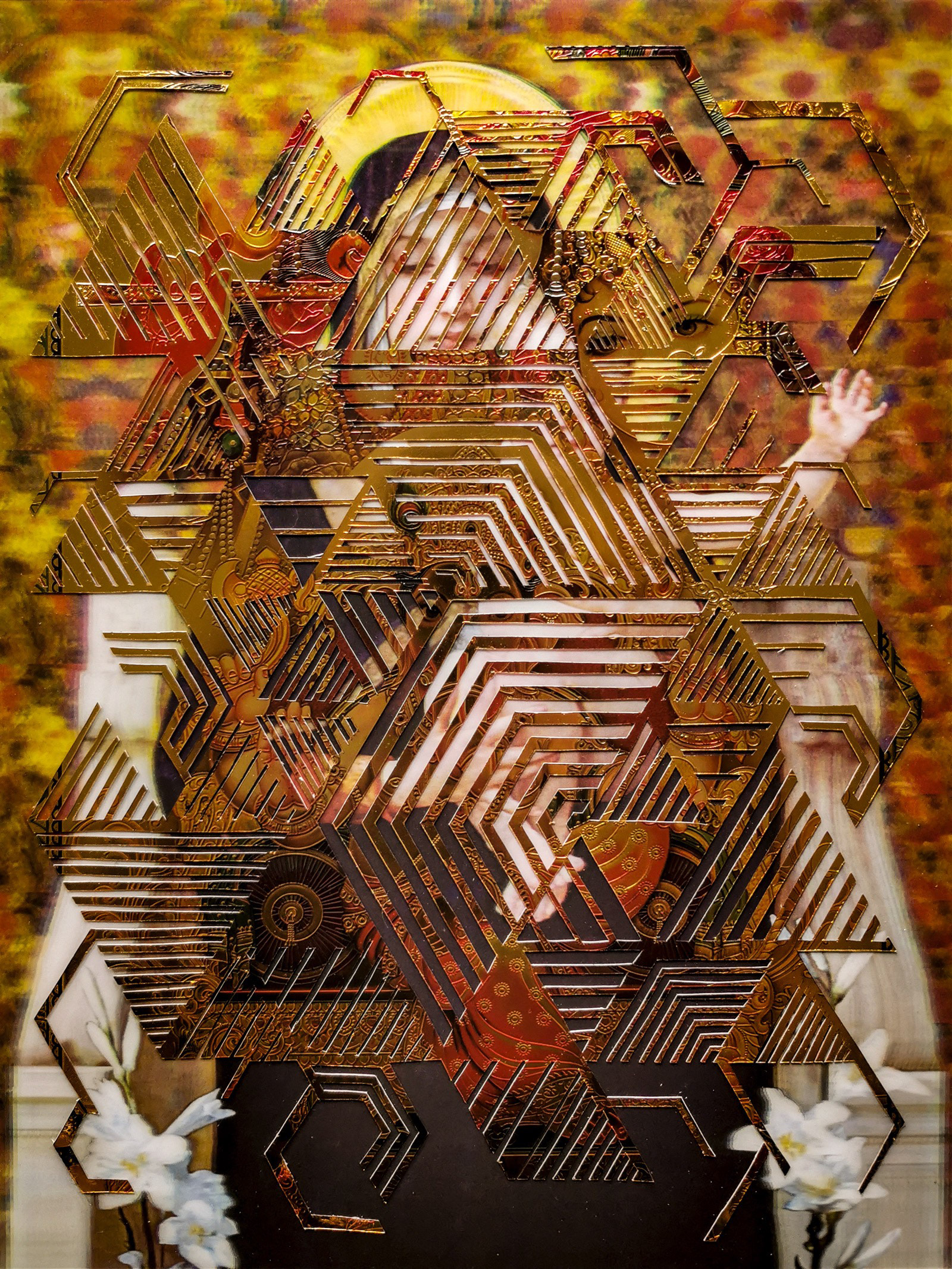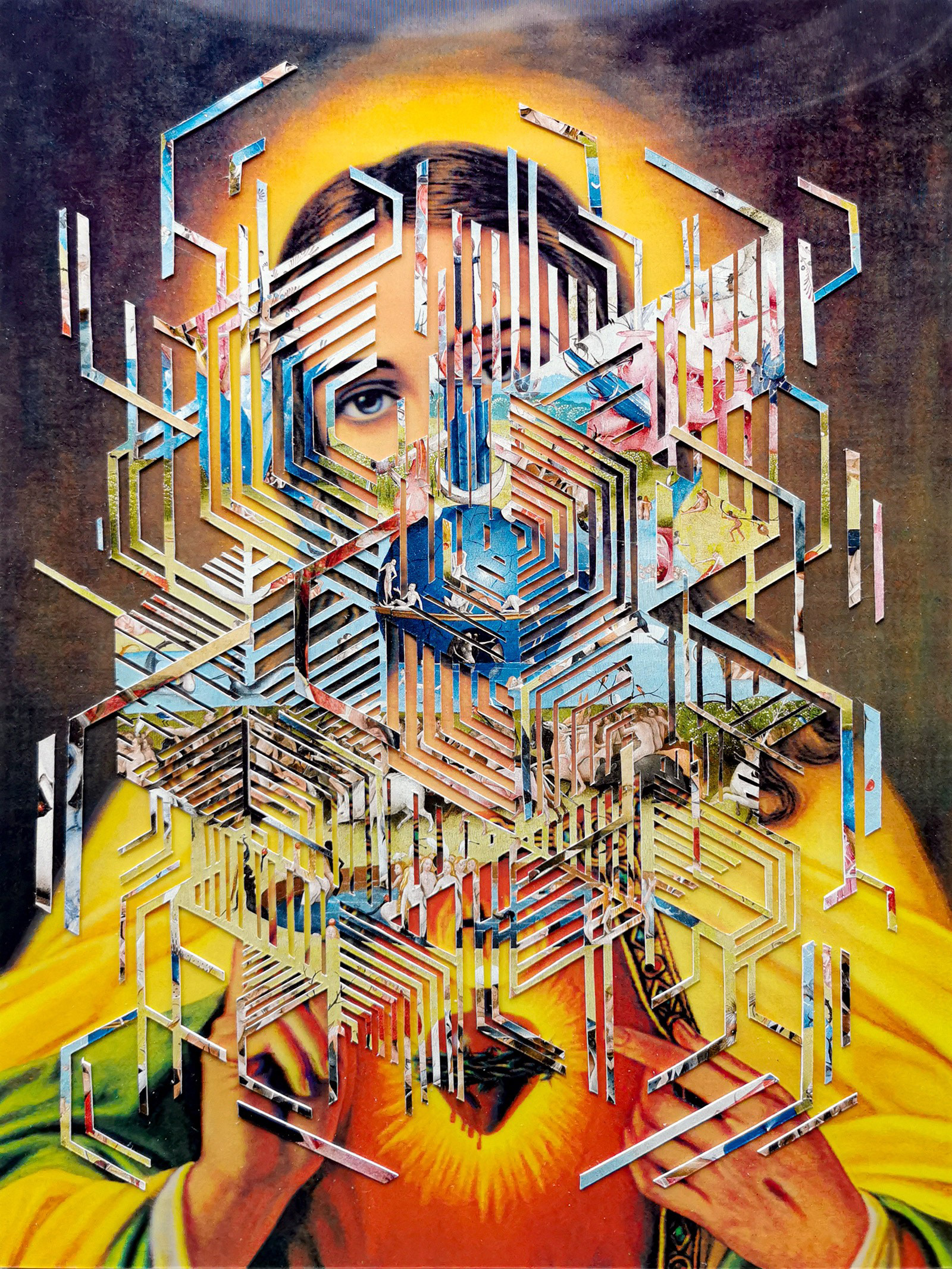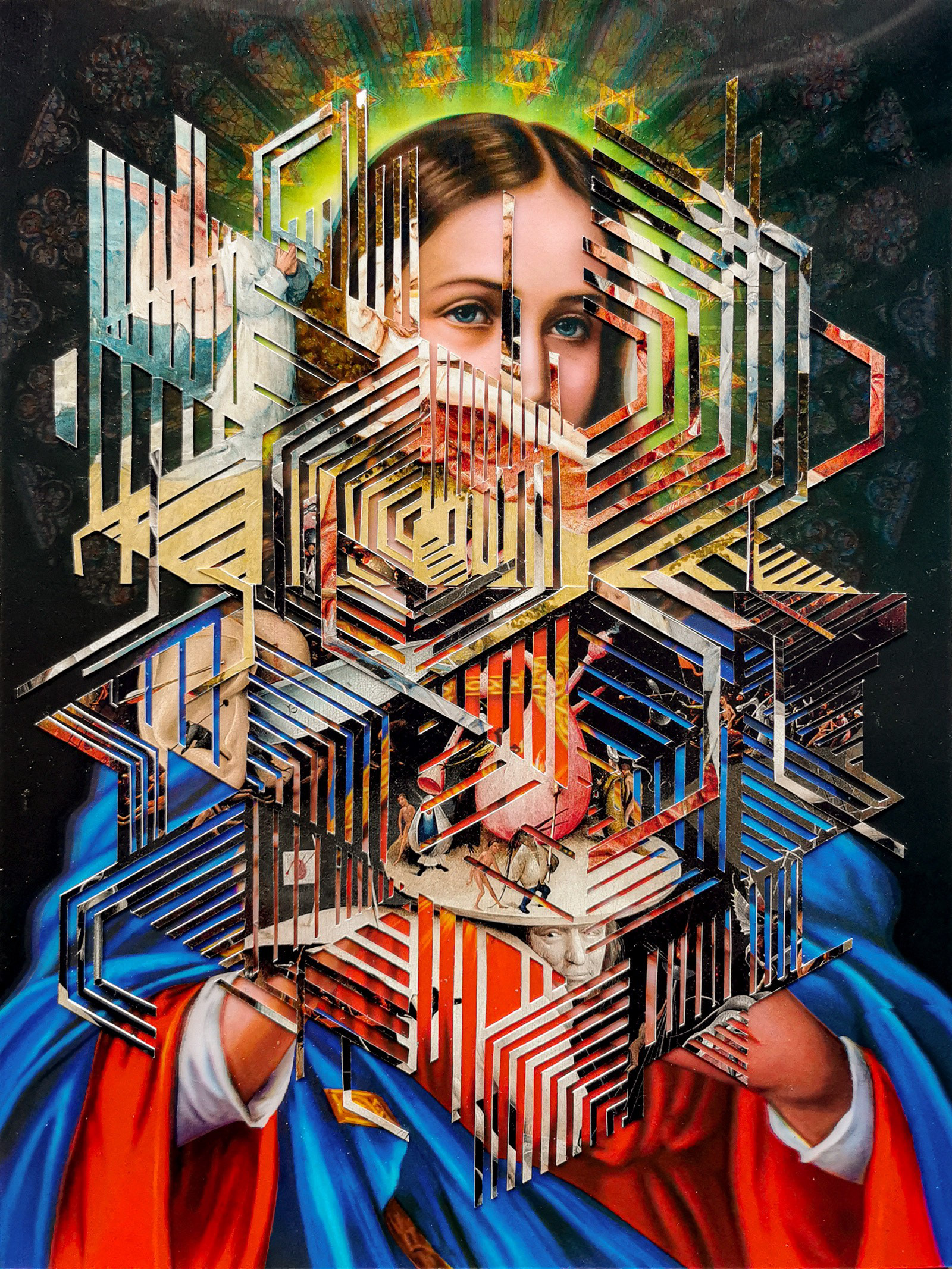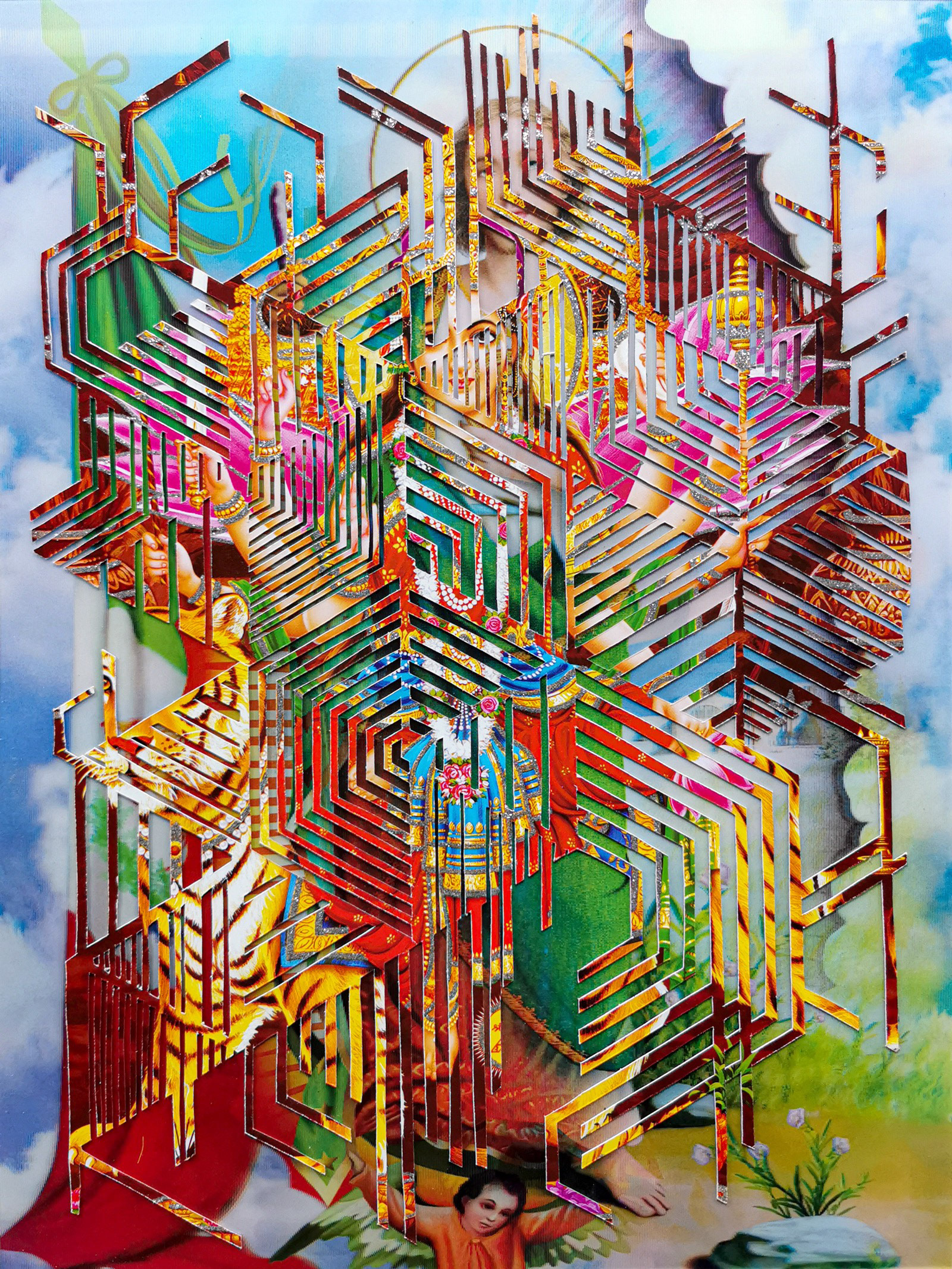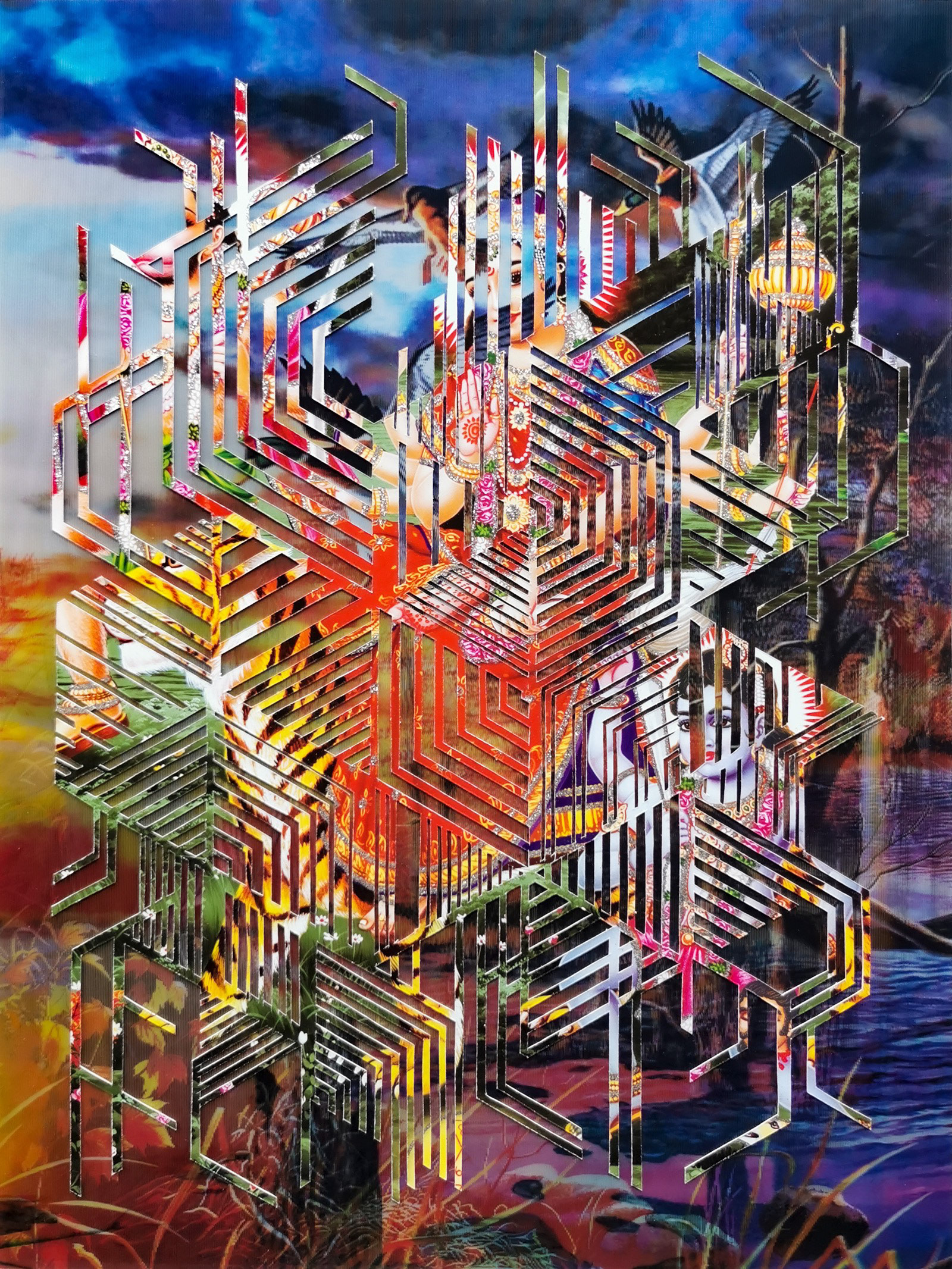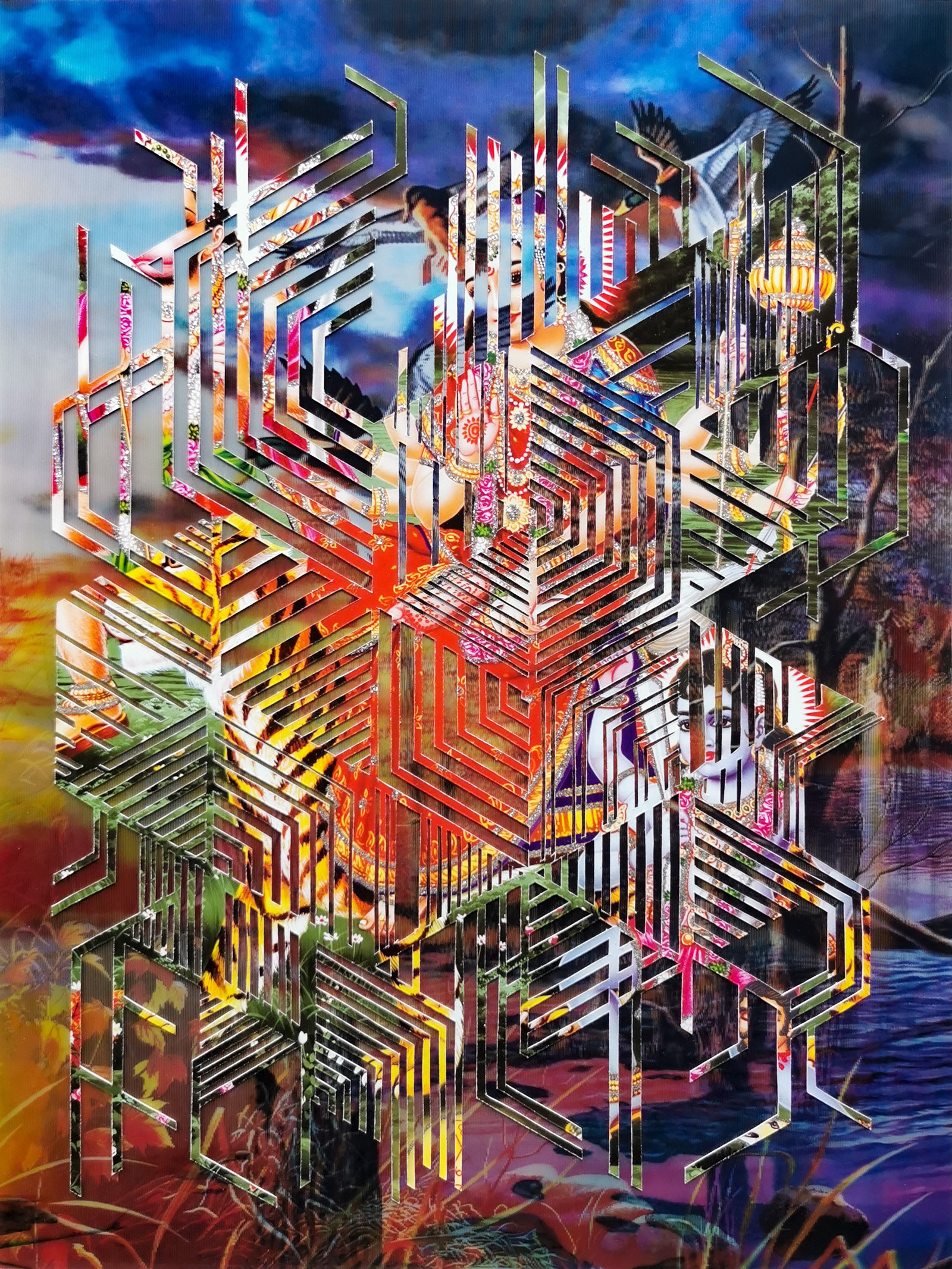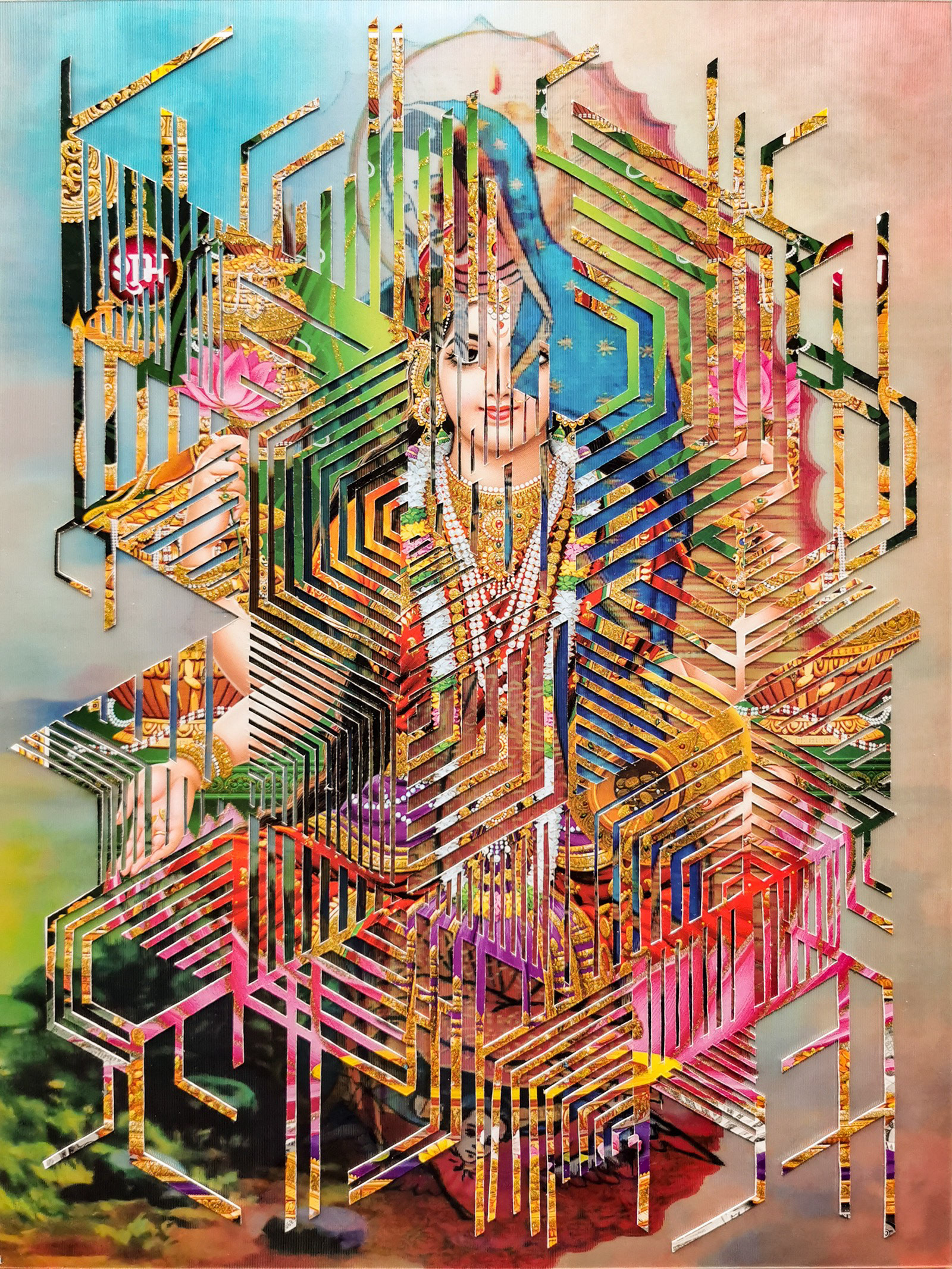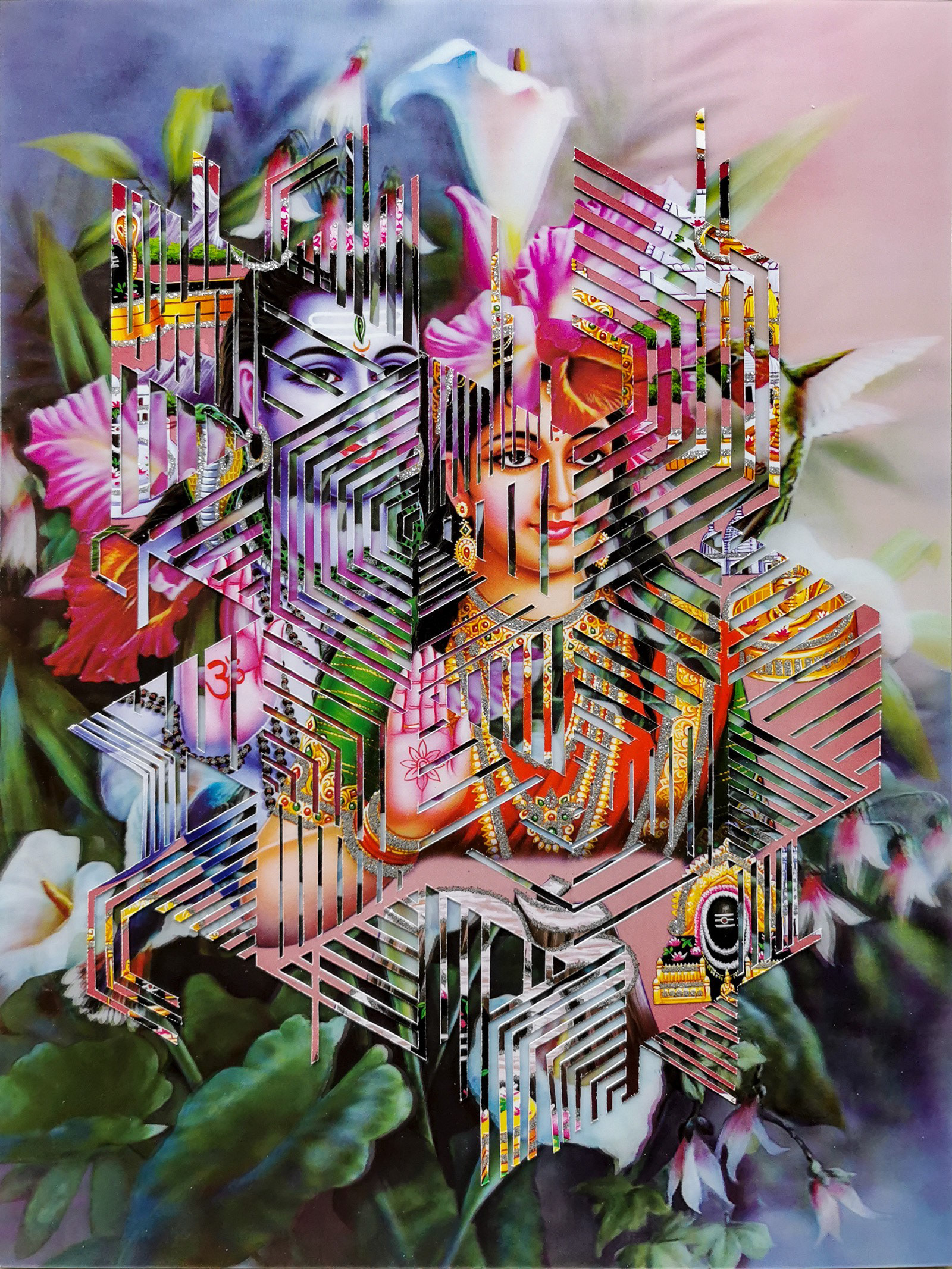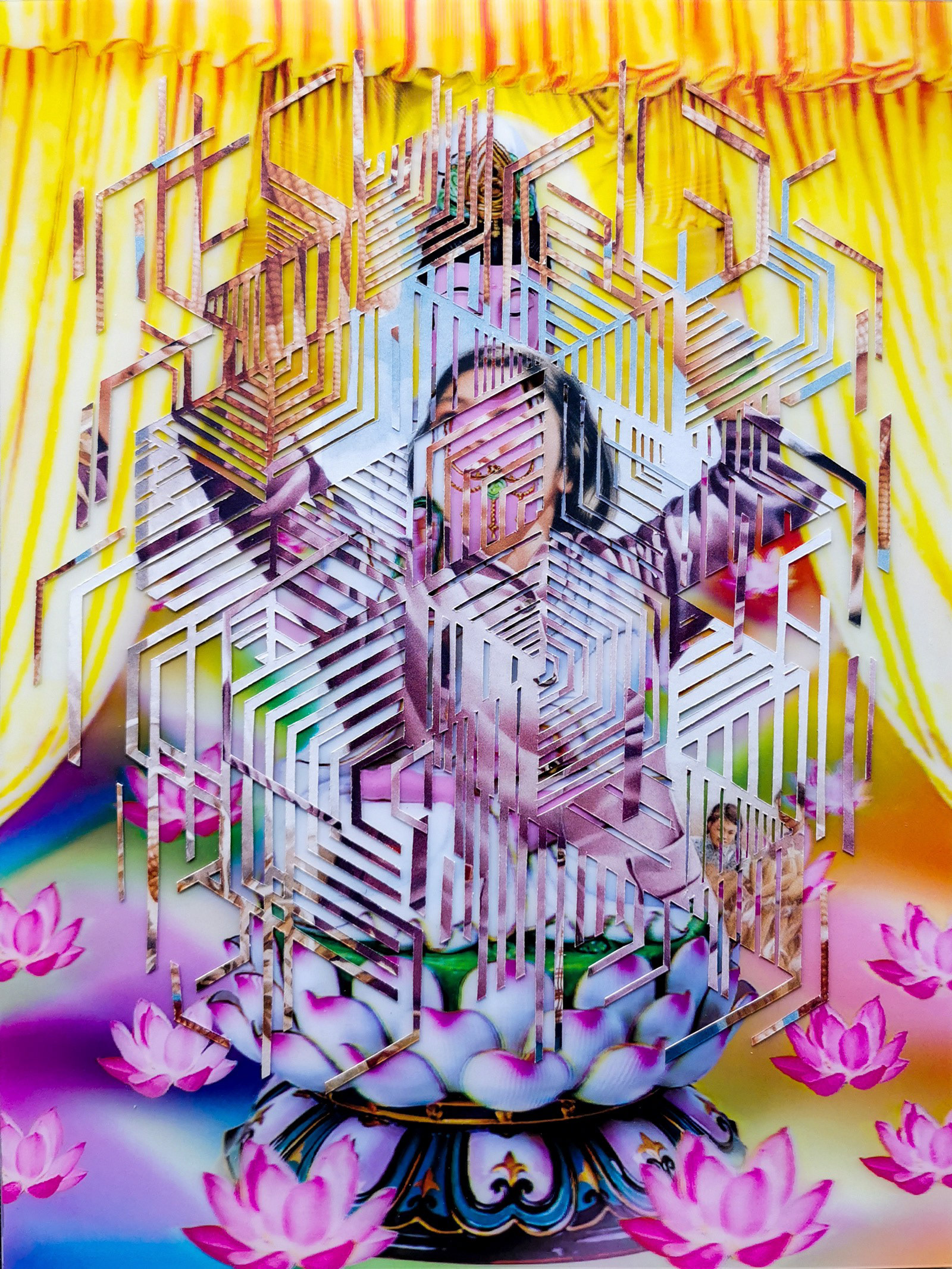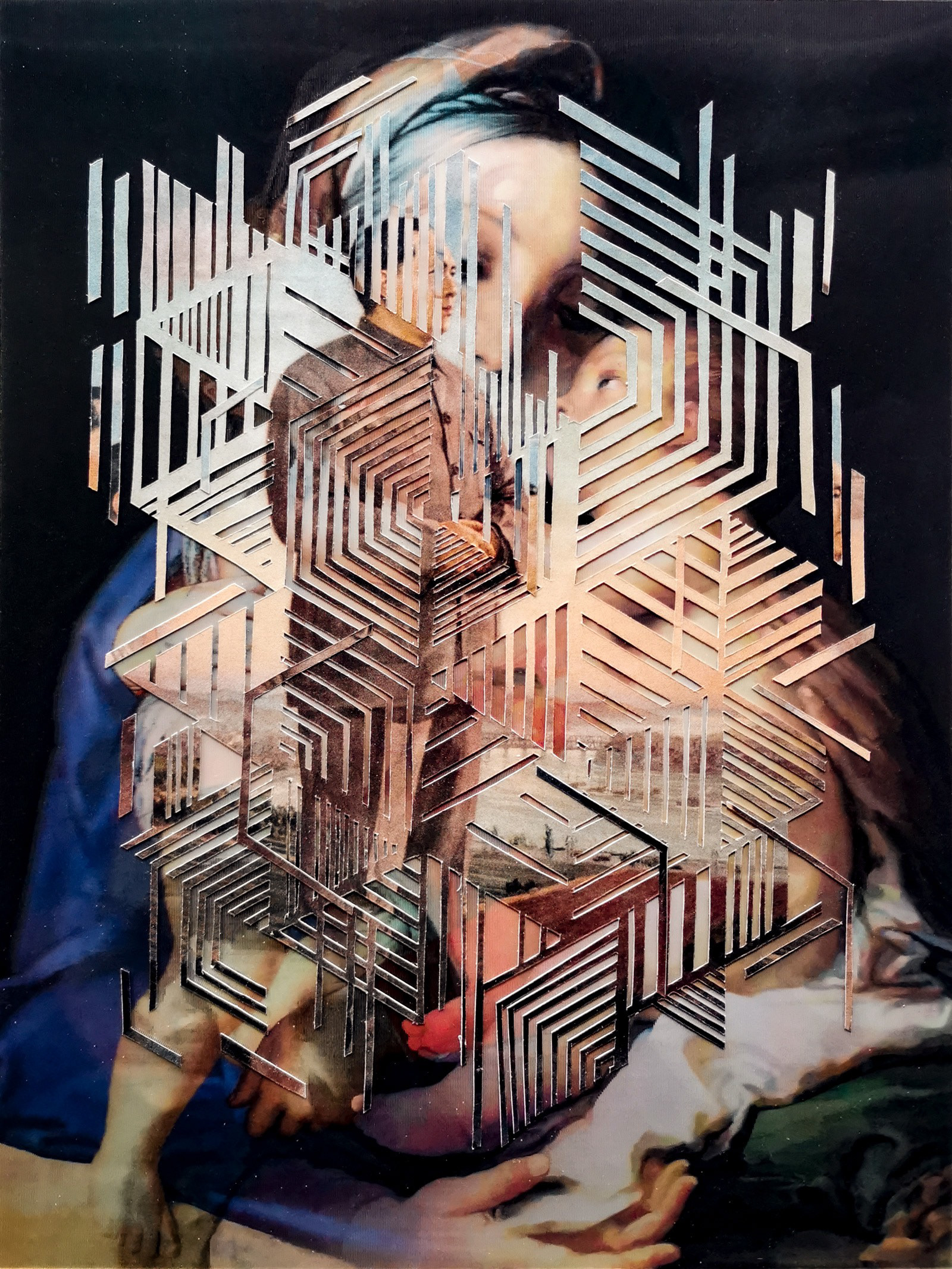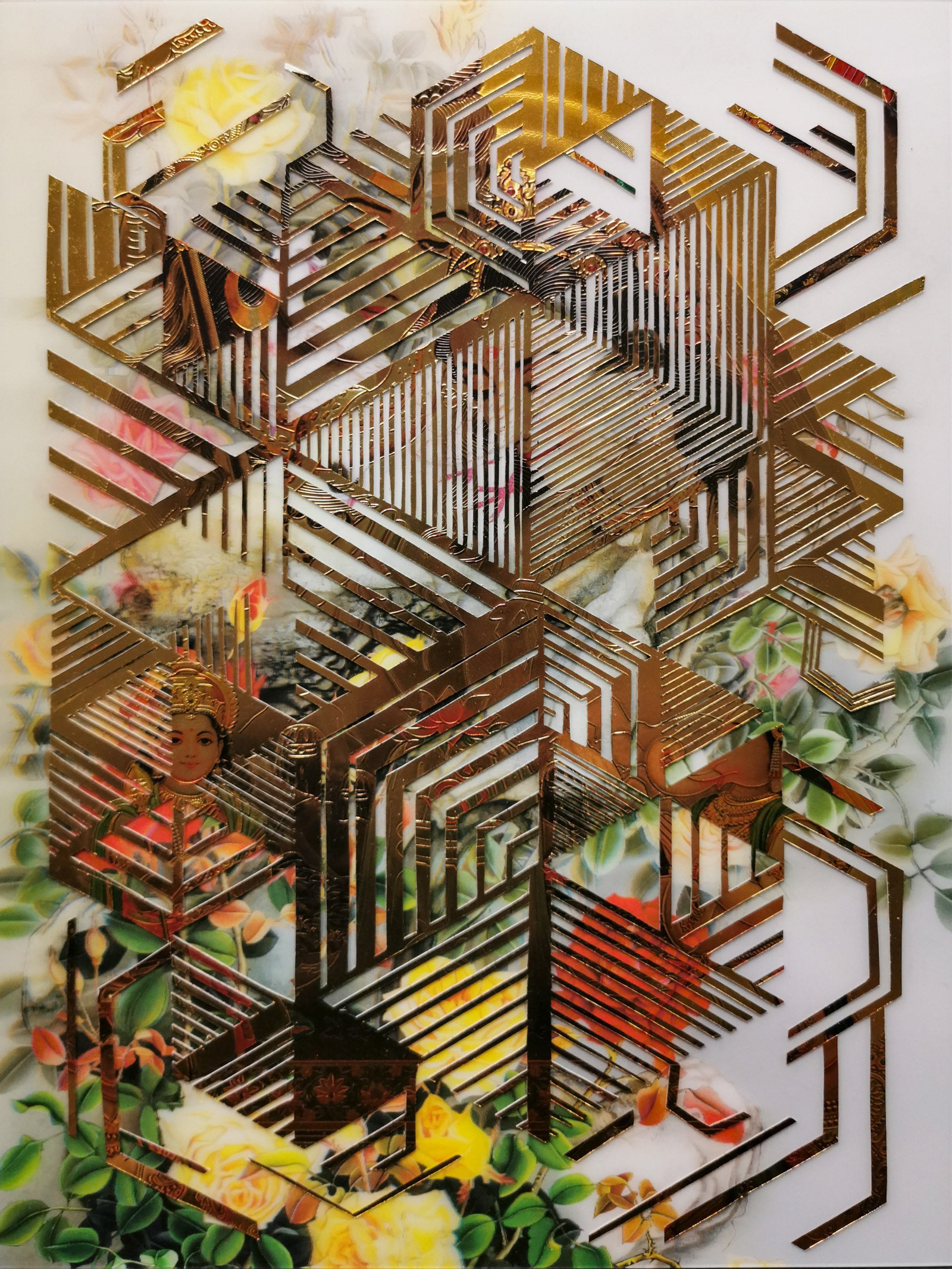“The conquistadors who embarked on the perilous voyage to the Americas dreamed of gold and glory. Officially soldiers of Christ, setting out to evangelize – and therefore save – the pagans of the New World, they sought the El Dorado more than the City of God. The peoples of America, it was said, paved their cities with gold and hid heaps of this metal in the depths of their forests and strange buildings that populated their cities.
Despite massacres and destruction, no one found the El Dorado. Even worse, the gold that was discovered was often not really gold… As brilliant as it was, this gold often turned out to be electrum, containing a high proportion of silver, much less precious.
Shiny and attractive like gold, electrum has no value… Why? If only the beauty of precious metals fascinated us, the composition of an alloy would matter little to us. But, beyond appearances and uses, the question of purity and rarity shape our evaluation, and we prefer pure gold, even when we are unable to distinguish it from the alloy without chemical analysis.
The same is true of images. What is the value of this painting which flatters our eyes, which combines perspectives and colors, which shines and reveals different realities according to the movement of the observer, but which is only made of images produced in large series and which do not arouse ordinary than our mockery? What is it made of? What is its alloy?
David Crunelle plays the metallurgist. His work is based above all on the fusion of images, in order to combine its characteristics and echoes. In “ELECTRUM”, it does not combine any images. It takes those that our societies have created for purposes of edification and worship, those that we offer to the masses so that they adore their good Gods, those that cover our walls and our imaginations and say the substitute for sacredness from which people are fed. Outrageous, they reveal the kitsch of our collective stories and the opium we need to allay our anxieties.
No doubt, these images that we would watch with irony on the wall of a card, once cut, assembled, layered, flatter our eye. The false depth and moving representations of lenticular images, saturated colors, glitter, and fake golds, David Crunelle tempts us, invites us to be trapped, while intriguing us, calling us to examine what are made, not only the images that he produces, but also those he diverts to elaborate the first. Which are gold, which of electrum? And what are its values?
This colorful fascination is also that of distant mystics, flattened in two dimensions. Whether it is the Orient and its four-color mysteries, or an outdated Christianity in which we find it difficult to recognize the faith of our coal ancestors. Between the depths of the mysteries of faith and the ridiculousness of its incarnations, the work brings together eschatologies, mixes devotions and let appear, like watermarks, the universality of the searches for absolutes and their flashy illustrations.
No doubt it is the geometric rigor, the cold intellectuality of the graphic combinations which allows the “ELECTRUM” series not to be trapped in its basic material; so one might wonder whether the process, rather than starting from precious substances to bastard them into a deceptively flattering mixture, does not work in reverse. Starting from vile but shimmering materials, he would combine them into an alloy of great visual value. This is precisely what “ELECTRUM” is: a challenge to our ability to distinguish alloy from purity. “
